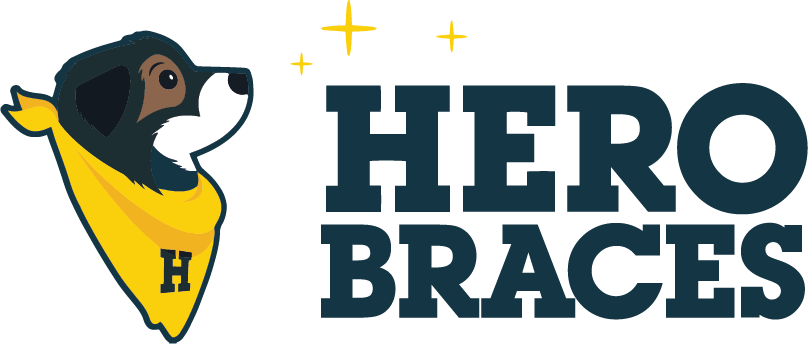Dog Bracing Made Simple
Tips and tricks to help your dog succeed with added support
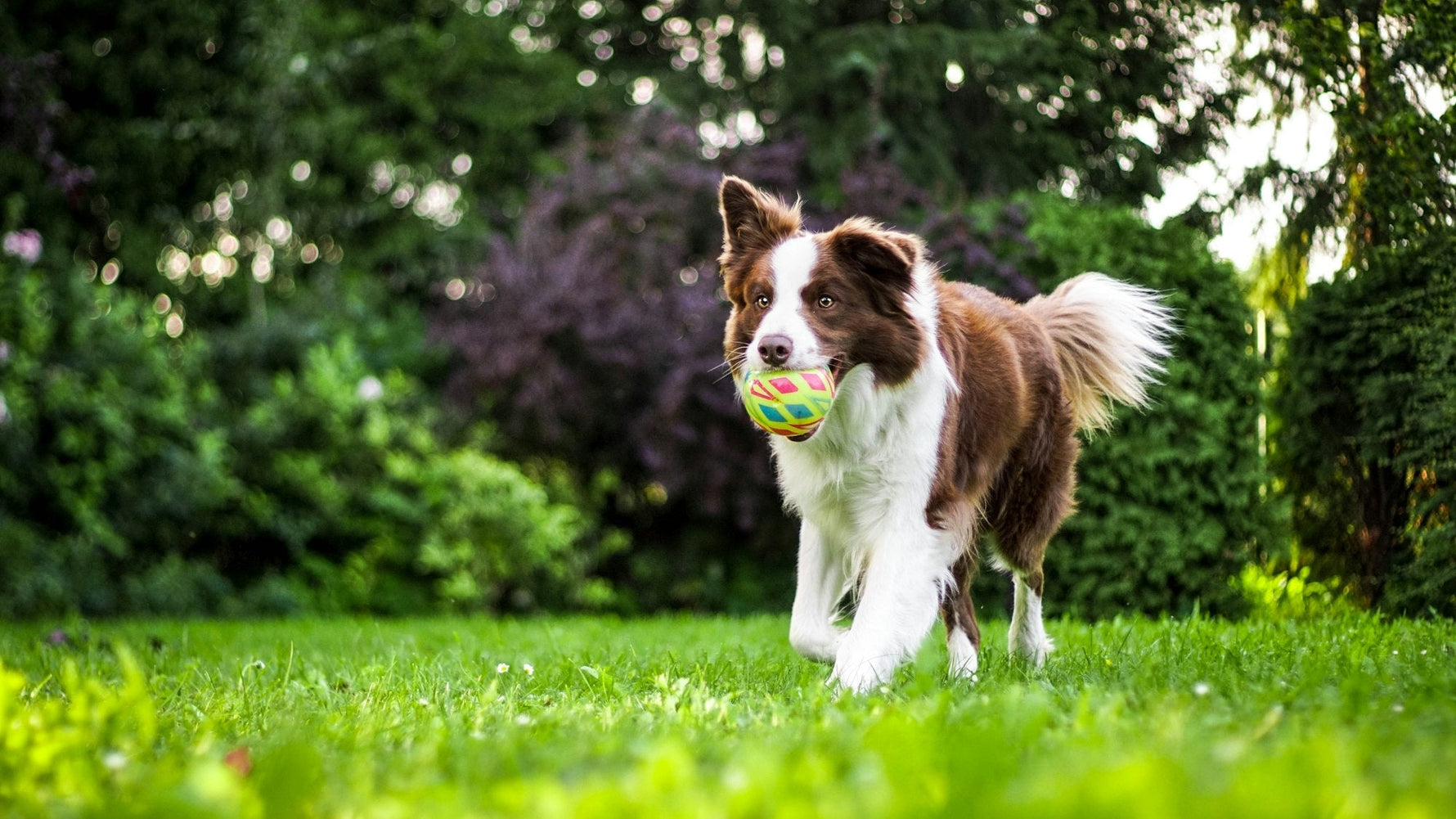
Dog Bracing Made Simple
Swelling and the Custom Orthotic
Swelling post-surgery and post-injury is a common occurrence in our pets. The circulatory system is very good at actively pumping blood into a leg but needs muscle contraction and movement for the tissue fluid to be removed through the venous and lymphatic systems.
This is why in people, we typically elevate an injured limb. It allows gravity to help move the fluid that has left the blood supply to nourish the tissues to return to the heart and get back in the blood. A process that uninjured tissue does naturally.
One way we typically handle post-operative care of an orthopedic injury is to place the ankle or wrist in a Bi-valve cast. The foot, ankle/wrist, and lower leg are wrapped in layers of padding then the cast is applied. This provides stability to the repair but also applies light pressure all around the limb and limits any swelling.
The cast is usually replaced every few days to weekly for several weeks while we wait for the Custom Orthotic to be made which will take its place. The Custom Orthotic will allow the pet more mobility yet protect the repair and allow us to remove the Orthotic frequently for Topical/Complementary therapy, Early Range of Motion, and Targeted exercises.
Swelling is a minor complication we can see when a pet first starts to wear a Custom Ankle or Wrist Orthotic after being in a cast. The leg is accustomed to being surrounded by padding and a hard fiberglass shell. Now the Hard plastic of the Custom Orthotic is only in the places it needs to be to apply a corrective force. Other areas are left open to allow air movement, decrease weight and increase comfort. These areas may swell a bit in the beginning because the leg is not being treated the same.
Blood flows in and fluid may pool a bit in tissue that is by the open areas. This can be from a lack of muscle contraction. One of the major forces that move lymphatic fluid up the leg. As muscles contract, they squeeze lymph vessels and veins to push the fluid back toward the heart. Some of the lymph vessels may be in the repair stage and are not functioning fully yet. The pathway may be narrow like a partially closed road during construction. The tissues of the leg will also need to get used to the light pressure that is applied by the straps that hold the Custom orthotic in place.
No one would intentionally leave a new pair of shoes on all day. They would take breaks to rub their feet and adjust the laces of their shoe. The same type of break-in is necessary for Custom Orthotics. It is especially important in cases where we need to provide 24-hour support to a surgically repaired injury like Achilles tendon repair or Arthrodesis/fusion of an ankle or wrist.
Giving the pet a 15-20 min break out of the Custom Orthotic every 2-3 hours in the first few days allows for monitoring the leg for rub areas as well as light massage to move fluid out of the leg. Within a few days, the swelling between breaks begins to lessen. The pet becomes more accustomed to using the brace and is walking for short periods more frequently. This improves muscle contraction and the natural movement of fluid out of the leg. The leg also adjusts to and accommodates the strap tension.
Swelling is part of the healing process and can be easily managed in most cases. When using a custom orthotic remember to Check the fit frequently. Every 2-3 hours in the beginning. Light massage (not deep tissue massage) starting at the foot and moving up the leg will help with the natural removal of fluid. Once the pet has been in the brace for a few days we can usually start checking the fit every 4-6 hours. Work with your Veterinarian or Rehabilitation Therapist to find what’s optimum for your pet.

Dog Bracing Made Simple
Stifle Braces in Dogs: Freedom Without the Top Strap
As devoted pet parents, we witness the sheer exuberance our dogs bring to life. But when injury strikes, it’s our duty to find solutions that restore their mobility and joy. Enter the canine stifle brace, a remarkable aid for dogs suffering from CCL (cranial cruciate ligament) tears.
Canine CCL Tears
Canine CCL tears can severely impact a dog’s stifle joint (akin to our human knee). These tears result from factors like obesity, strenuous activity, genetics, and aging. Certain breeds, including Labrador Retrievers, Staffordshire Terriers, and Saint Bernards are more susceptible. Symptoms vary from limping to complete lameness. If your furry friend shows signs of ligamentdamage, consult your veterinarian. They’ll perform a physical evaluation and X-rays to confirm the diagnosis.
Surgery and Beyond
While surgery is recommended and considered the standard of care, it’s not always feasible due to health issues or cost. That’s where non-invasive treatments come into play:
• Joint Supplements: Fish oil, turmeric, glucosamine, and chondroitin sulfate aid in comfort.• Diet and Exercise Modifications: Proper nutrition and controlled activity help maintain a healthy weight.• Integrative Therapies: Acupuncture, Laser therapy, Extracorporeal Shockwave, Pulsed Electromagnetic Field, Animal Chiropractic, and Physical Rehab support recovery.• Pain Management: Medications alleviate discomfort.• Custom Bracing: Supports the stifle and applies corrective forces to help prevent excessive movement.
The No Top Strap Solution
Hero Braces revolutionized canine stifle support. Unlike traditional braces, they skip the top strap, offering unparalleled comfort and freedom. Here’s how they work:• Stabilization: Hero Braces focuses on increased stability for rear legs and knees.
• Custom Fabrication: Each brace is tailor-made to fit your dog’s unique body structure, ensuring optimal support.
Why Hero Braces?
• Durability: Hero Braces withstand rough play. No worries about stretching or tearing fabric.• Sleek Design: Lightweight and sleek, they won’t hinder your dog with extra weight.• Custom Fit: With over 200 dog breeds, customization matters. Hero Braces nails it.
The Science Behind the Top Strap Removal
Hero Braces initially explored the force-couple concept, akin to approaches used in human medicine for addressing cruciate tears. However, canine biomechanics posed unique challenges. The origin and insertion of hamstring muscles in dogs differ from humans, affecting brace fit. Canine thighs change shape significantly during hip and stifle (knee) movement, causing fitting issues. The top strap often loosened during walking due to changing thigh size. To address this, Hero Braces consulted biomechanists at the University of Nebraska. They found that maintaining tension without design changes was mathematically impossible. By removing the strap, Hero Braces reduced fitting issues while still mitigating tibial thrust and cranial drawer. Our clinical experience showed that pets continue to do well without the top strap. For a deeper dive, watch out for Drs. Millis and Levine’s upcoming textbook on Canine Rehabilitation and Physical Therapy.
Remember, a stifle brace isn’t just a device; it’s hope for your beloved companion. Whether your pup is a playful Labrador or a dignified St. Bernard, consider this simple solution to restore their zest for life.
I hope this blog sheds light on the innovative design of no-top strap stifle braces. If you have any questions, visit Hero Braces.
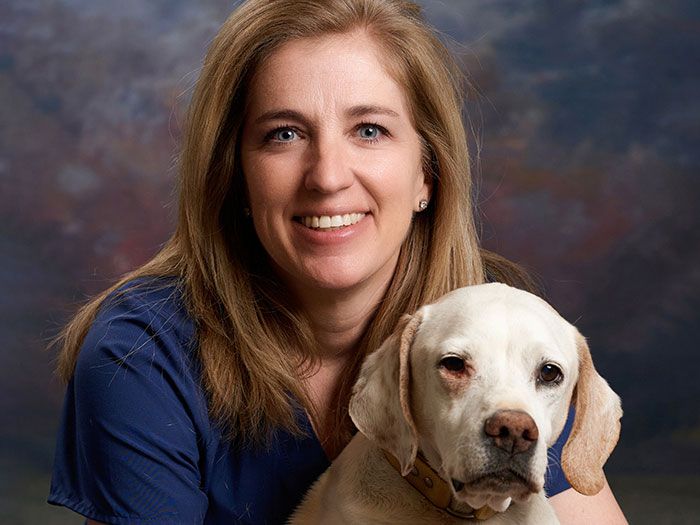
Dog Bracing Made Simple
Dog ACL Brace Review - Dr. Carrie Adrian
If you ever wondered where stifle bracing started, Dr. Adrian was there from the beginning. She has played an integral roll in the evolution of several braces and has worked with most manufactures helping dogs.
Devoting her professional career to helping further canine physical therapy, she was the first person to earn a PhD in canine biomechanics from CSU Veterinary School.
Below is an interview from dvm360 about her experiences with cruciate bracing.
Dr. Adrian started working with Hero Braces in 2005 and has help us refine our brace designs to help thousands of dogs. We appreciate her insight very much!
Owners appreciate veterinarians that offer bracing for the dogs that cannot have surgery.
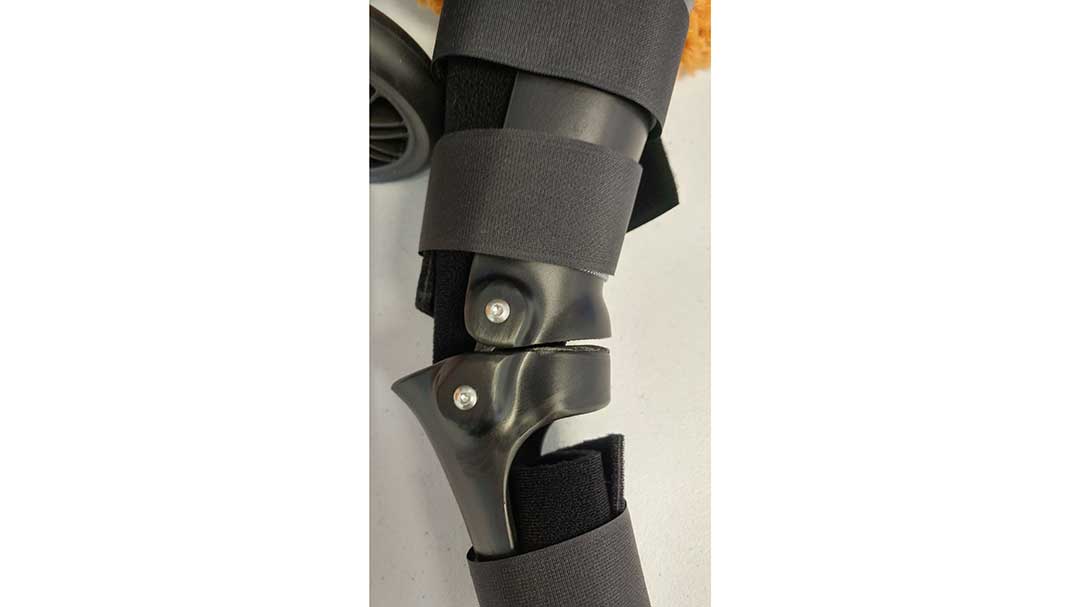
Dog Bracing Made Simple
Hero Braces Achilles Tendon Protocol - Conservative Management
Using a Tarsal Brace with Graduated Articulation
Most would agree that as practitioners we need to protect the Achilles tendon injury/repair early on and then slowly load the Achilles Tendon over time. That said, it is difficult to find a consensus on how to implement these needs. Below is a jumping-off point, a work in progress, based on my experiences and the knowledge gained from research of my peers. Please leave comments on how you think we should make it better.
Partial Achilles Tendon Rupture or Post -Operative Arthrodesis
Day 0 -Impression/casting at the time of diagnosis of a partial tear or end of surgery. Custom Orthotic will be taking the place of Bivalve Cast/Splint in 2-3 weeks.
Weeks 0-2 -After Casting/Impression is performed place in Bivalve cast/Splint with dorsiflexion of toes, if possible at 45 degrees. Tarsus will typically be at 135 degrees extension. Recheck the bivalve cast weekly.
Weeks 3-7 Sutures removed at 10-14 days post-op if used. Fit orthotic to pet. Orthotic is non-articulating. Wear in place of cast 24/7. Owner/practitioner to check 3-4 times a day for pressure sores. Begin rehab therapy. Continue rechecks every two weeks with Surgeon/RDVM.
Weeks 8-11 -Cut brace to allow 15 degrees of articulation if a partial tendon rupture. Continue rehab in the clinic and at home.
Weeks 12-16: Pet out of brace or using as a “Sports Brace,” times of high activity. The pet needs to have sufficient strength to maintain a normal standing angle in Hock. The pet should be challenged with the rear leg in a “Three-legged Stand.” Typically 135 Degrees of extension.
NOTE: Time intervals are stated as a guide. Some pets will need more or less time as they heal. This is where the “Art” of being a Practitioner is applied.
Items to consider:
Normal Range of Motion of the Tarsus. Flexion is 40 Degrees, and Extension is 170 Degrees in a relaxed pet.
The normal Standing angle of the Tarsus for Tarsal Arthrodesis is 135 Degrees.
According to Millis and Levine: Early partial weight-bearing and joint movement creates stress to promote parallel collagen alignment and increase tendon strength.
The Hero Brace Tarsal Orthotic may help bypass or relieve weight-bearing forces to the healing tendon, much like incorporating a walking ring into a cast or external fixator.
References:
Small Animal Surgery 3rd Edition. Fossum pgs 1322-1324
Veterinary Surgery Small Animal 2nd Edition. Johnston and Tobios Vol 1 pgs 1204-1209
Small Animal Orthopedics and Fracture Repair 4th Edition. Brinker, Piermattei and Flo pgs 674-678
Canine Rehabilitation and Physical Therapy. Millis and Levine 2nd Edition pg 573
“Calcaneal Tendon Tears in Dogs” Four Leg Rehab Inc Newsletter March-April 2012 Vol1 : Issue 1. Laurie Edge Hughes
“Post-Operative Management of Tendon Repairs” Four Leg Rehab Inc Newsletter May-June 2012 Vol 1 : Issue 2. Laurie Edge Hughes
Copyright Paul Brumett DVM, CCRP, cAVCA
